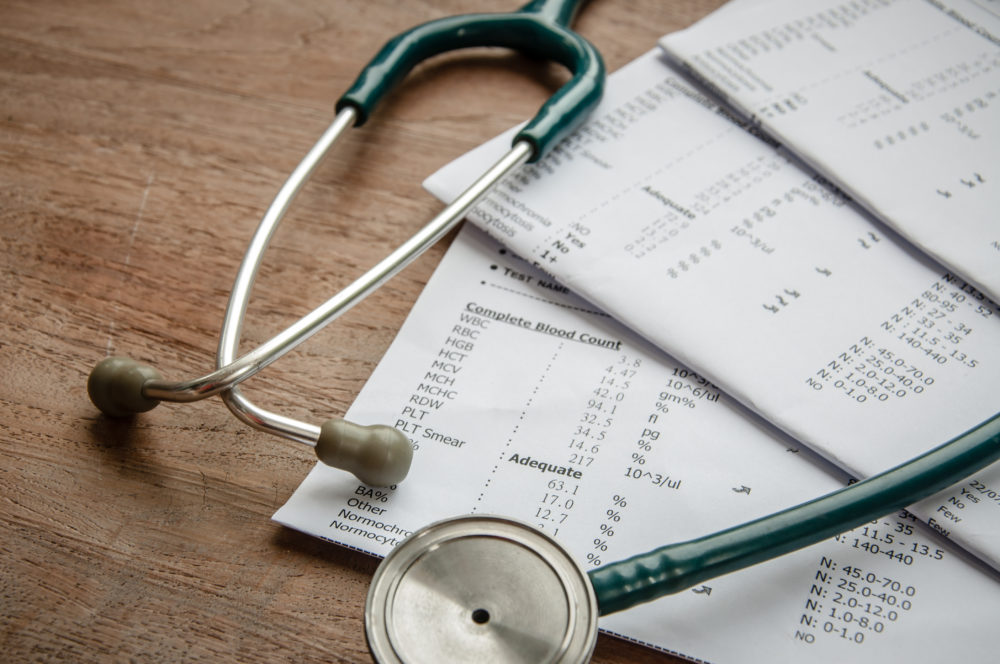Breast Cancer Radiation Therapy Side Effects May Increase Heart Disease Risk Years Later: Study
More than one-in-10 women who received left-side breast cancer radiation therapy (RT) develop heart disease within the following three decades.

Women who undergo radiation therapy for the treatment of breast cancer in their left breast may face double the risk of heart disease later in life, according to the findings of a new study.
Researchers with the Memorial Sloan Kettering Cancer Center in New York City found that more than one-in-10 women who received left-side breast cancer radiation therapy (RT) develop heart disease within the following three decades, which is double that of those who receive treatment on their right breast. Their findings were published earlier this month in the medical journal JACC: CardioOncology.
Doctors have long known that radiation therapy for breast cancer increases the risk of coronary artery disease (CAD). However, the researchers in this latest study sought to determine whether treatment over the left breast, closer to the heart, made any statistical difference. According to their findings, it did.

Did You Know?
Millions of Philips CPAP Machines Recalled
Philips DreamStation, CPAP and BiPAP machines sold in recent years may pose a risk of cancer, lung damage and other injuries.
Learn MoreThe researchers looked at data on 972 women who were under the age of 55 when they were diagnosed with breast cancer between 1985 and 2008. They had the women complete a cardiovascular health questionnaire, comparing the results of women treated with radiation therapy on their left breast with those who received the treatments to their right breasts.
According to their findings, 10.5% of women who received left-breast radiation therapy developed heart disease over the next 27 years. That compares with only 5.8% of those who received radiation therapy to only the right breast, indicating that left-side radiation therapy more than doubled the coronary artery disease risks.
The researchers indicated they chose to focus on younger women, who had not been specifically evaluated in prior studies. According to the researchers, it was also the first study to consider potential confounding factors such as smoking history and weight. The researchers also determined that hormone therapy, often linked to an increased risk of breast cancer, did not play a contributing role in the development of heart disease later in the women’s lives.
“RT to the left breast was associated with increased risk of CAD compared with RT to the right breast among women treated for breast cancer between the ages of 25 and 54 years. CAD should be continually monitored in the years of survivorship following breast cancer diagnosis and treatment,” the researchers concluded. “As additional cardiovascular risk factors may emerge as younger women age during survivorship, these risk factors and resulting cardiovascular disease should also continue to be monitored and assessed in this population.”
Get more articles like this sent directly to your inbox.
"*" indicates required fields





0 Comments